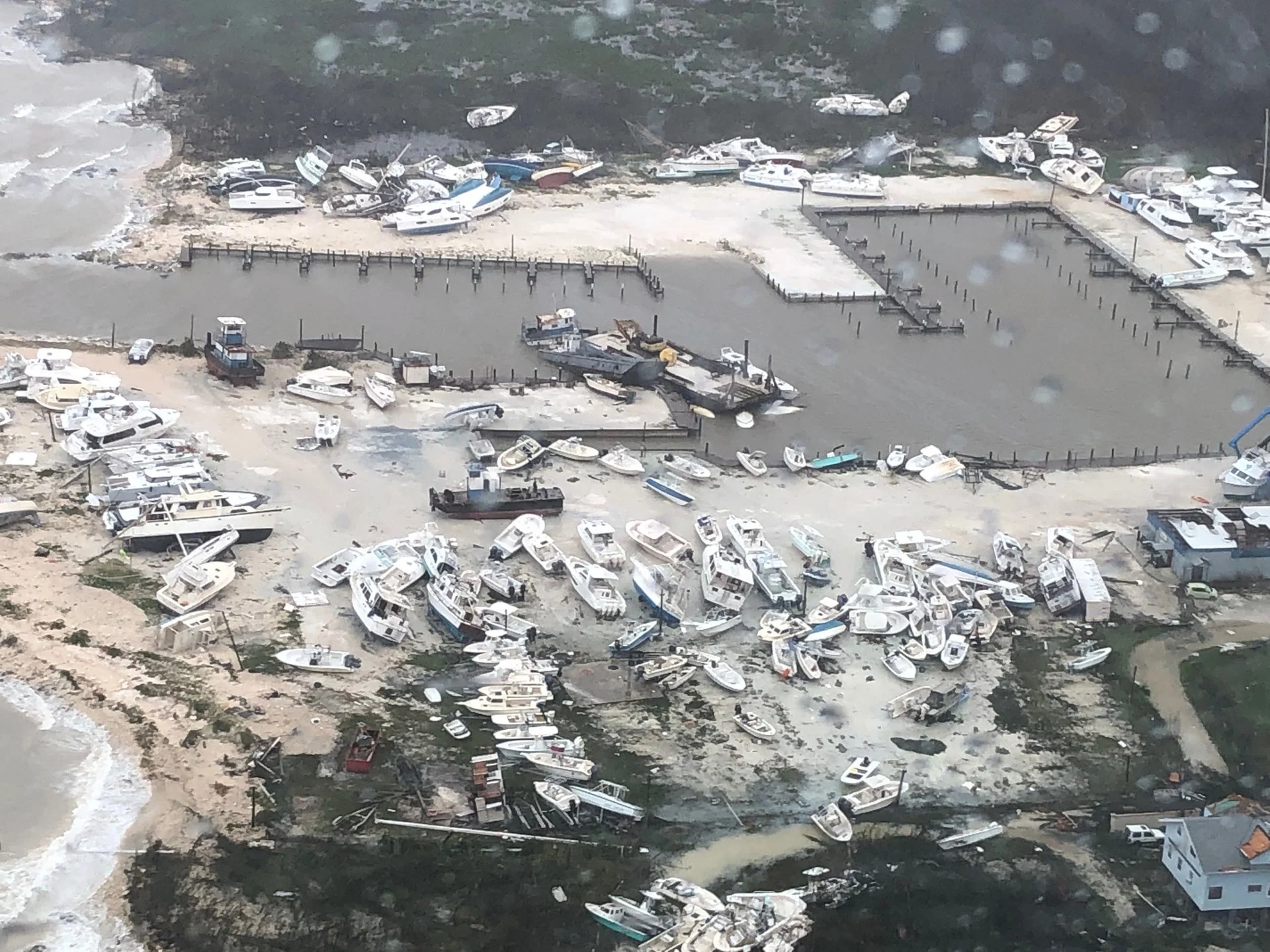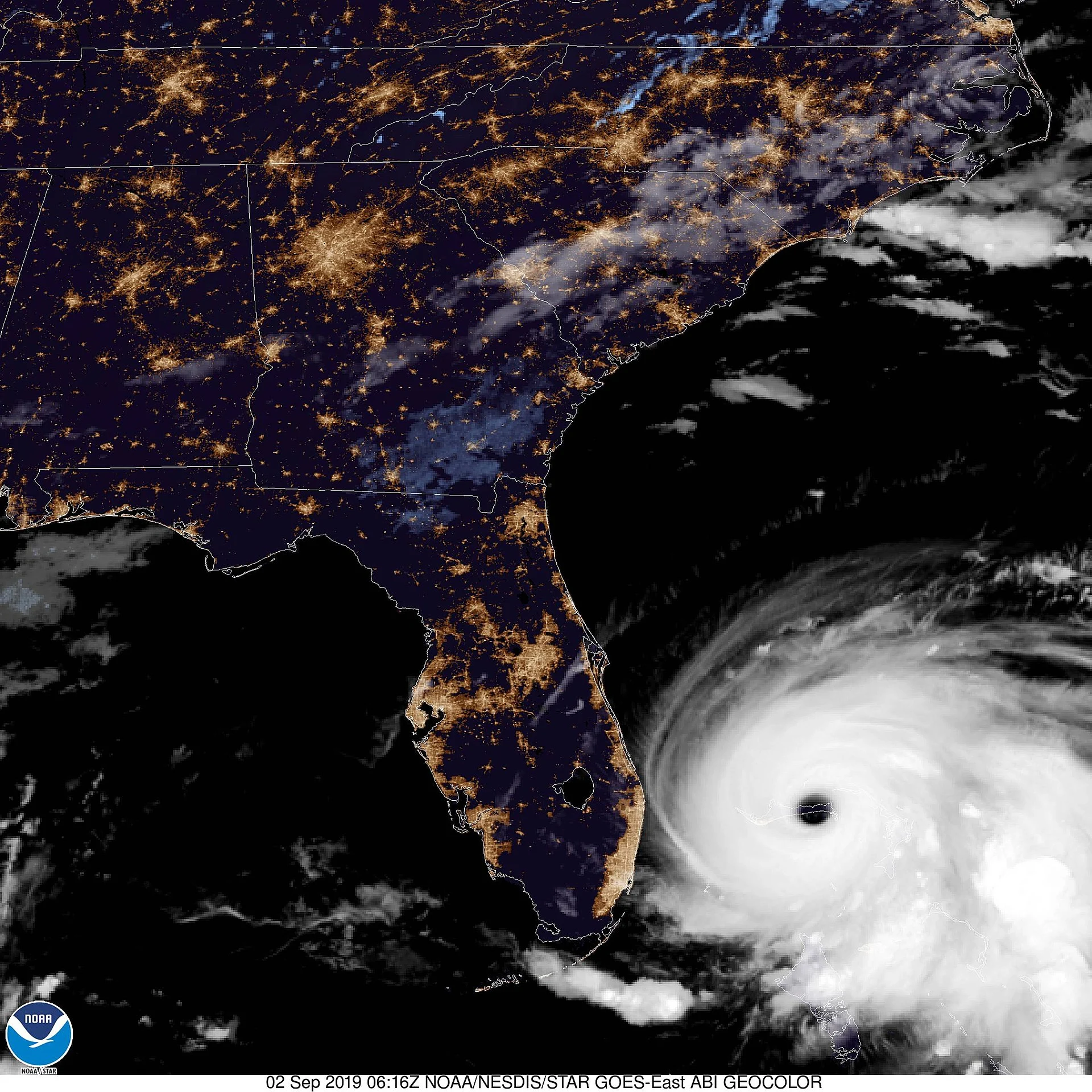
Weather History: Hurricane Dorian made landfall as a destructive Cat 5 storm
This Day In Weather History is a daily podcast by Chris Mei from The Weather Network, featuring stories about people, communities and events and how weather impacted them.
--
Hurricane Dorian formed on August 24, 2019, in the Atlantic Ocean. It was a Category 5 hurricane that devastated many areas including the Bahamas, Florida, Georgia, South Carolina, North Carolina, and Eastern Canada.
Dorian reached peaked intensity on Sep. 1, 2019, with winds of 295 km/h. Making it the strongest Atlantic hurricane to make landfall by maximum sustained winds (tied with the 1935 Labor Day hurricane).

"Hurricane Dorian's destruction in the Bahamas." Courtesy of Wikipedia
The storm started as a tropical wave in a monsoon over Guinea and Senegal on Aug. 19. It stayed disorganized for a few days. On Aug. 24, it had enough organized convection to be dubbed Tropical Depression Five. At this point, it was near Barbados. The National Hurricane Center (NHC) continued to track the intensifying storm and named it Dorian as it headed towards the Lesser Antilles.
By Aug. 28, Dorian strengthened into a Category 1 storm. It made landfall on Saint Croix, Saint Thomas, and the Spanish Virgin Islands. On Aug. 29, the hurricane intensified into Category 2. By the 31, Dorian reached a Category 4 storm. It continued to strengthen until it reached a destructive Category 5 hurricane on Sep. 1.
As a Category 5, Dorian made landfall on Great Abaco Island in the Bahamas, making it the strongest hurricane to hit the northwestern Bahamas.

"Dorian and Florida's east coast at night on Sept. 2." Courtesy of Cayobo/Wikipedia/CC BY 2.0
Dorian kept its strength on Sep. 2, making landfall on Grand Bahama. That day, the hurricane started to weaken, becoming a Category 4 storm. It continued to lose intensity, falling to a Category 2 on Sep. 3.
Dorian retained its Category 2-status until Sep. 7. That day it continued to weaken as it hit Sambro Creek, Nova Scotia and parts of Newfoundland as a Category 1 storm. By the time hurricane dissipated on Sep. 10, 2019, a total of 84 died, and 245 were reported missing. In addition, the hurricane caused around $5.1 billion worth of damage.
Though the hurricane made landfall across several areas, The Bahamas received the brunt of the destruction. Within The Bahamas, 74 people died and 245 were reported missing. The storm also severely damaged 13,000 homes on Abaco Island.
To learn more about Hurricane Dorian, listen to today's episode of "This Day In Weather History."
Subscribe to 'This Day in Weather History': Apple Podcasts | Amazon Alexa | Google Assistant | Spotify | Google Podcasts | iHeartRadio | Overcast'





